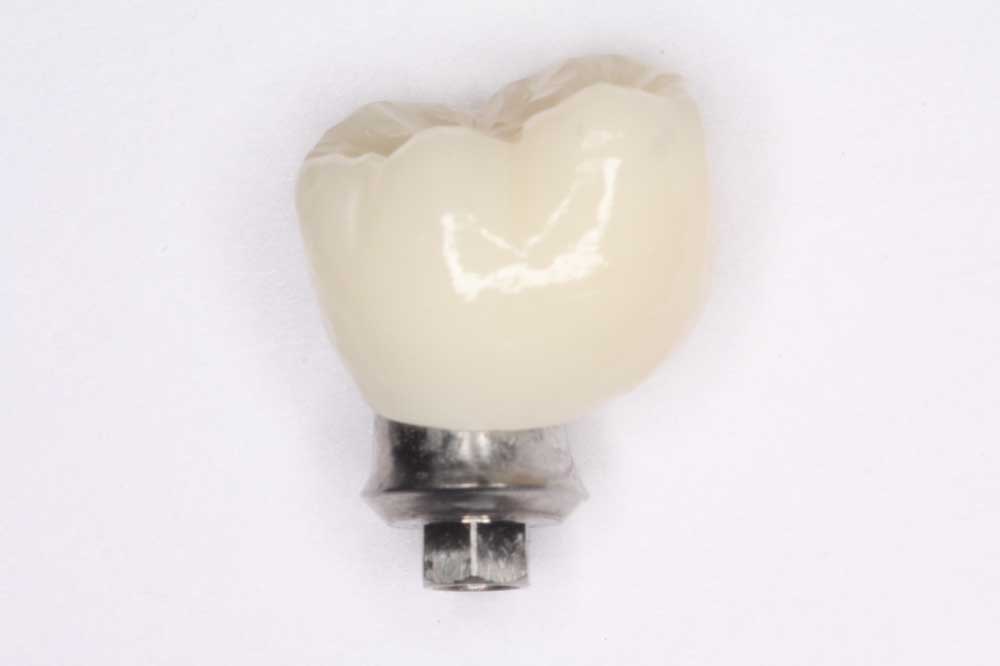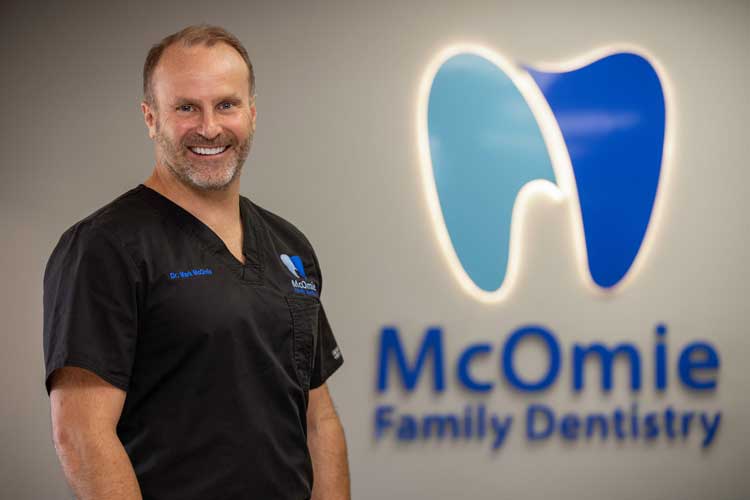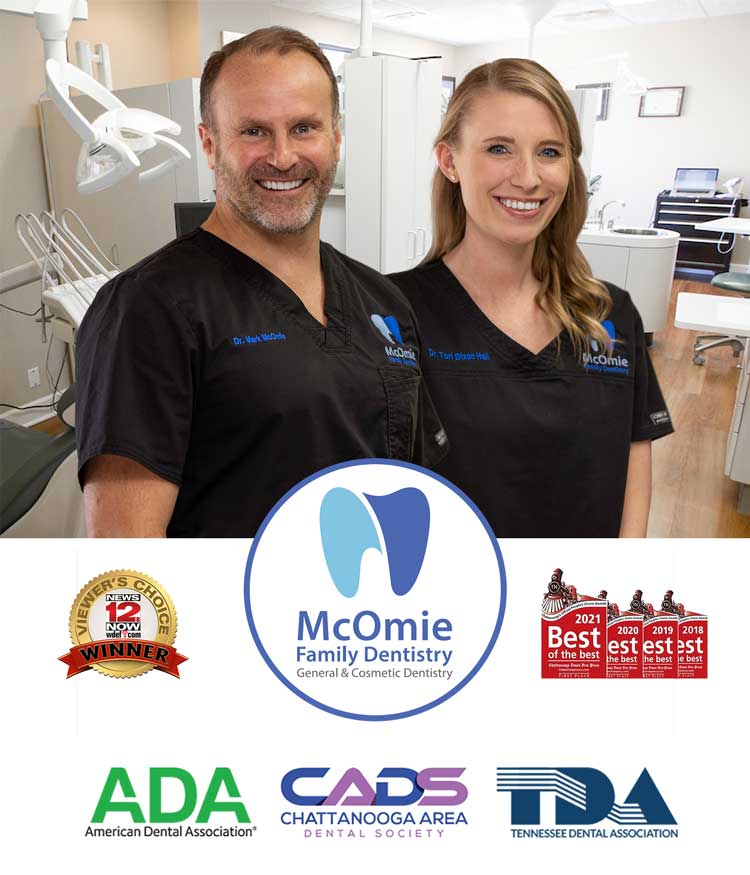Dental Case Study: Dental Implants
Patient History
There are so many misconceptions and myths out there surrounding implant dentistry. This case shows the facts about implant dentistry and some of the options.
This is a case of a female patient in her 60’s. Her tooth #30 a first molar, had a root canal and a crown done years ago. It worked for a very long time then expectantly it broke off at the gum line. The way in which this tooth broke left it un-restorable and unfortunately had to be extracted. See the first x-ray. A tooth breaking in this way doesn’t happen very often, thank heavens. The patient has several options after extracting the tooth.
1- Do nothing. leave the space let the teeth drift which will affect the bite and health of the teeth.
2- Replace the tooth with a partial denture. This option can be done effectively, but the appliance comes in and out of the mouth and would go all around the lower arch.
3- A fixed partial denture, also known as a bridge can be done. This is a good option. It will function for the most part like natural teeth with the exception of the way it has to be flossed.
4- Let the area heal for several months and then place an implant
5- On the day the tooth is removed place an implant. This allows an implant to be done and restored in the least amount of time. It has a little less success rate than waiting for full healing.

Dental Treatment Performed
In this case, she chooses to take the tooth out and the same day place an implant. This was done and the implant was very stable at the time it was done. It was allowed to heal for many weeks then once the gingiva was healed the restoration of the implant with a crown was started.
In this case, I really want to focus on the two main types of crowns that can be done on an implant.
1- There are cement-retained crowns. These work like a crown on a tooth. The abutment is placed on the implant, this abutment can be a stock or a custom milled abutment. Then the crown is cemented on this abutment.
2- Screw retained crowns. These crowns are made to be screwed into the implant body. There is no cement used.
There are many advantages and disadvantages to each. I am not going to get into the long and lengthy discussion here. In general cement-retained restoration has a disadvantage in that cement can be forced into the implant threads and lead to bone loss. But they do not have a screw hole in the crown. In contrast, screw-retained crowns for implants have a hole in them for the screw which has to be filled but they don’t have any cement used that can place the implant in peril. Right now screw-retained implants are favored by the majority of the profession.
In this case, I made two crowns for this implant. I made one that is a screw-retained implant crown, (you can see the hole in the biting surface of the crown in the pictures) and the other is a cement-retained crown, with a custom milled abutment.
Both of these crowns were made using a Trios 3 shape digital scanner. This is the top-of-the-line scanner in dentistry today. It can be used to make a crown using a modeless technique or it can be used to have a model 3 dimensional printed. The screw-retained crown was made without the aid of a model. We call this a modeless crown. The scan flag is placed on the implant temporarily while we scan the teeth. It takes about 3 minutes to complete then the scan flag is removed. The scan is then sent electronically to Oral Arts Dental Laboratory in Huntsville, Alabama. A cement-retained crown was also fabricated.
Final Results
The day came for the crown to be placed on the patient’s implant. As you can see in the pictures, we placed both restorations on her implant for her to try. She liked both crowns and thought that either was excellent. She chose to have the screw-retained crown placed permanently on her implant. She thought it was slightly more comfortable. The crown was placed and torqued to specifications, and the “hole” was filled with a composite filling material. The seating appointment takes about ten minutes most of the time. She was very happy and thought the tooth looked like it grew there.
Implant dentistry is wonderful. The lady, in this case, took one pain pill after the extraction of the tooth and the placement of the implant. She reported almost no pain from start to finish this implant and crown tooth for a total of 4 weeks. Implant dentistry affords the patient many options for tooth replacement.

Fig 1 – Pre-op X-ray Showing Unrestorable Molar










Fig 11 – Xray of implant and crown

Regardless of How Tough the Case Is, We Can Help!
We are committed to helping you fix your teeth and offer convenient appointments for all of your dentistry needs. Call us today at (423) 225-9881
Meet Our Dentist
Dr. Mark McOmie D.M.D
Learn why Dr. McOmie is a leader in dentistry and how he can help you get renewed confidence in your smile with precise artistry, quality, personalization, and expert dental care.

Our Promise To You
Why Choose McOmie Family Dentistry for Your Dental Needs
We know our patients have many options for dental care in the Chattanooga, TN area. Our experienced award-winning team is here to help you achieve your dental goals with our comprehensive approach and personalized treatment plans. We are dedicated to providing exceptional care in a comfortable environment where we treat every patient like family. You won’t find another dentist like us anywhere else in town! With so many options available, it can be difficult knowing which procedure will work best for you but don’t worry – we have years of experience helping patients just like yourself get their perfect smile back again!

Patient Reviews
What Patients Say About Our Dentist Office
There is a reason we are highly rated and trusted on Google, Facebook and Yelp.
